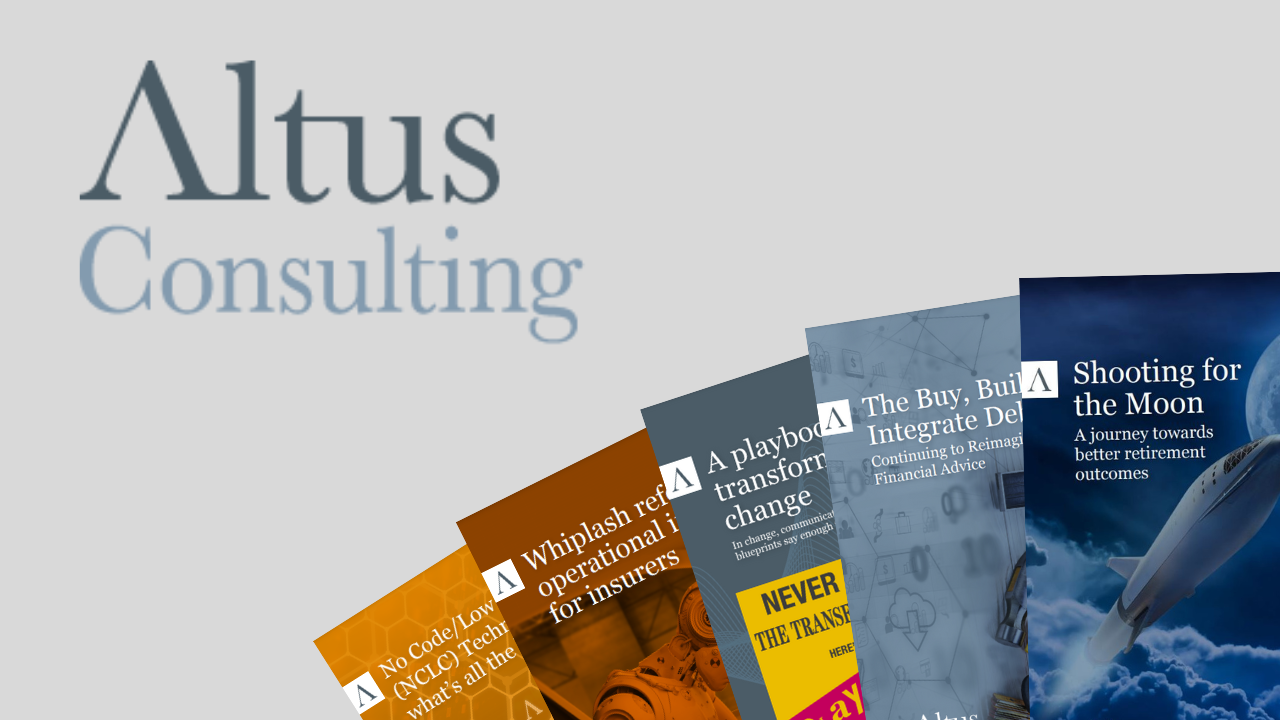Alongside the ‘single view of customer’, Straight-Through-Processing has been a utopian dream of Financial Services companies since the term was first coined in the early 1990’s. As is often the way in our industry, this technological wonder has taken rather longer to come to fruition than it did in other markets, such as consumer goods. Maybe a couple of new catalysts will speed things up.
The forthcoming regulatory juggernauts of PSD2 and GDPR present unique challenges for the management of data and straight-through-processing. Both have a focus on the portability of data and giving data subjects some control over how and where their information is used. In extremis, could a customer request an account transfer and right to be forgotten in a single (angry) instruction and reasonably expect that to happen in the 7-day current account switch window? In any event customer perception of an organisation where either of these new regulations are involved will be around how seamless and speedy any interaction is.
So the demand for speed is clear but how do you use technology to deliver it? For technology to solve a problem, particularly a processing problem, it is important that the process is properly understood and mapped out in a logical manner from start to finish. Any gaps will be glaringly obvious to the customer as I have seen from my own recent experience with an online credit card application which resulted in a paper form to sign.
A true ‘straight through process’ should remove the need for any manual activity from inception to completion, manual intervention only required for the handling of exceptions. One can conceive of an Amazon shopping experience where the only human involvement is choosing what you want, with drones buzzing round a warehouse to pick stock and deliver it to the doorstep. In Financial Services, despite the intrinsically digital nature of our products, there are still some practical challenges to delivering true STP.
On the face of things, if data is held electronically it should be available to any authorised user which means a process ought not to be limited by the speed of paper moving around a building. But getting technology to accelerate the process is not as simple as it may seem. Various aspects of an end to end business process can be completed in a different order, some can be carried out in parallel whilst still others require multiple parties to be involved.
These days the first two are well within the capabilities of a modern Business Process Management tool to solve but the ability to automate interactions between businesses remains a challenge. The answer lies in open messaging standards most clearly illustrated in the world of retail banking where billions of bank payments now fly around with minimal human involvement thanks to SWIFT and ISO messages. PSD2 hasn’t embraced this open standard, however, the open banking initiative within the UK is making a start on this with the main parties agreeing structures and content that should mean support for the Directive can be more easily achieved.
Maybe STP in Financial Services is finally about to become a reality.




